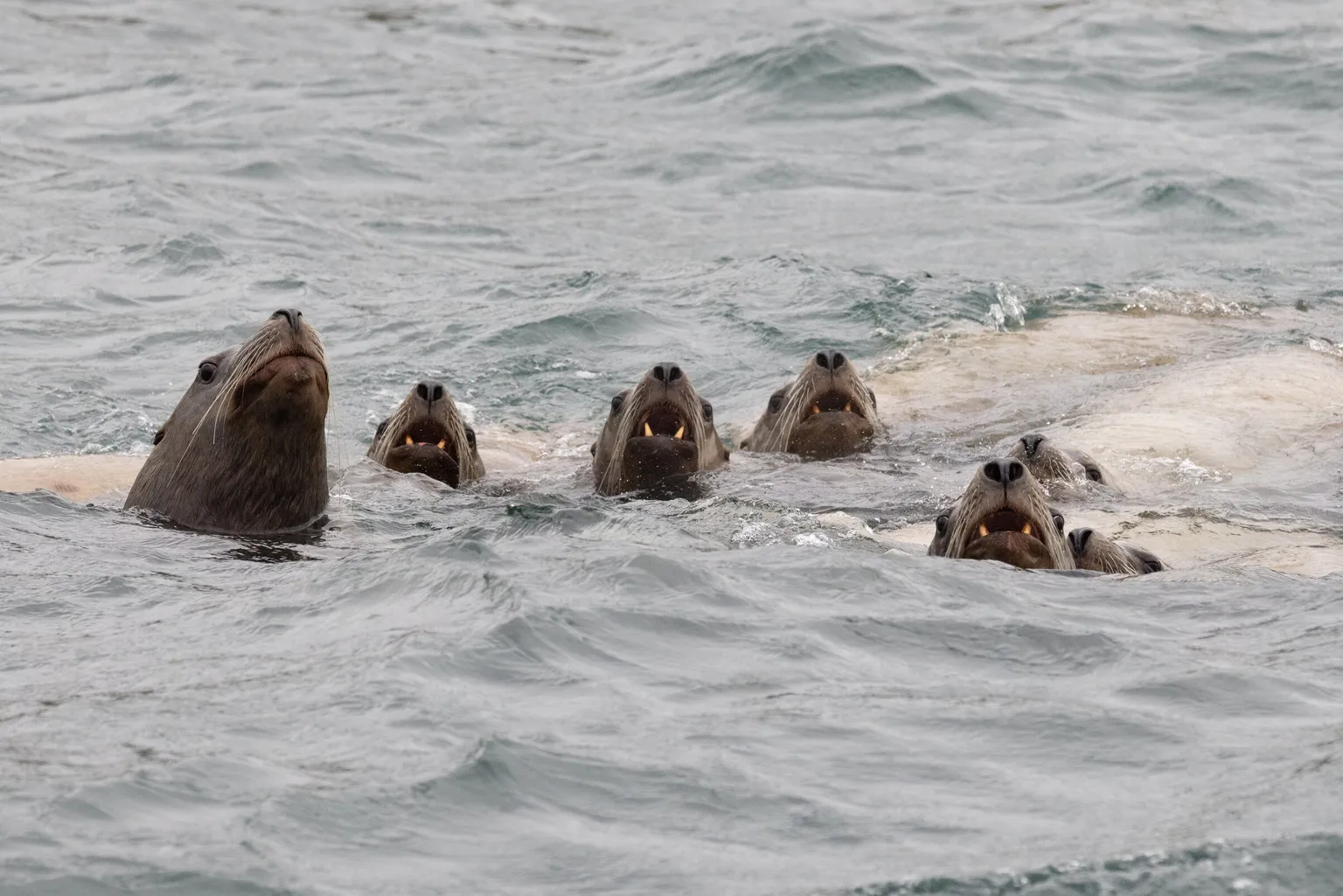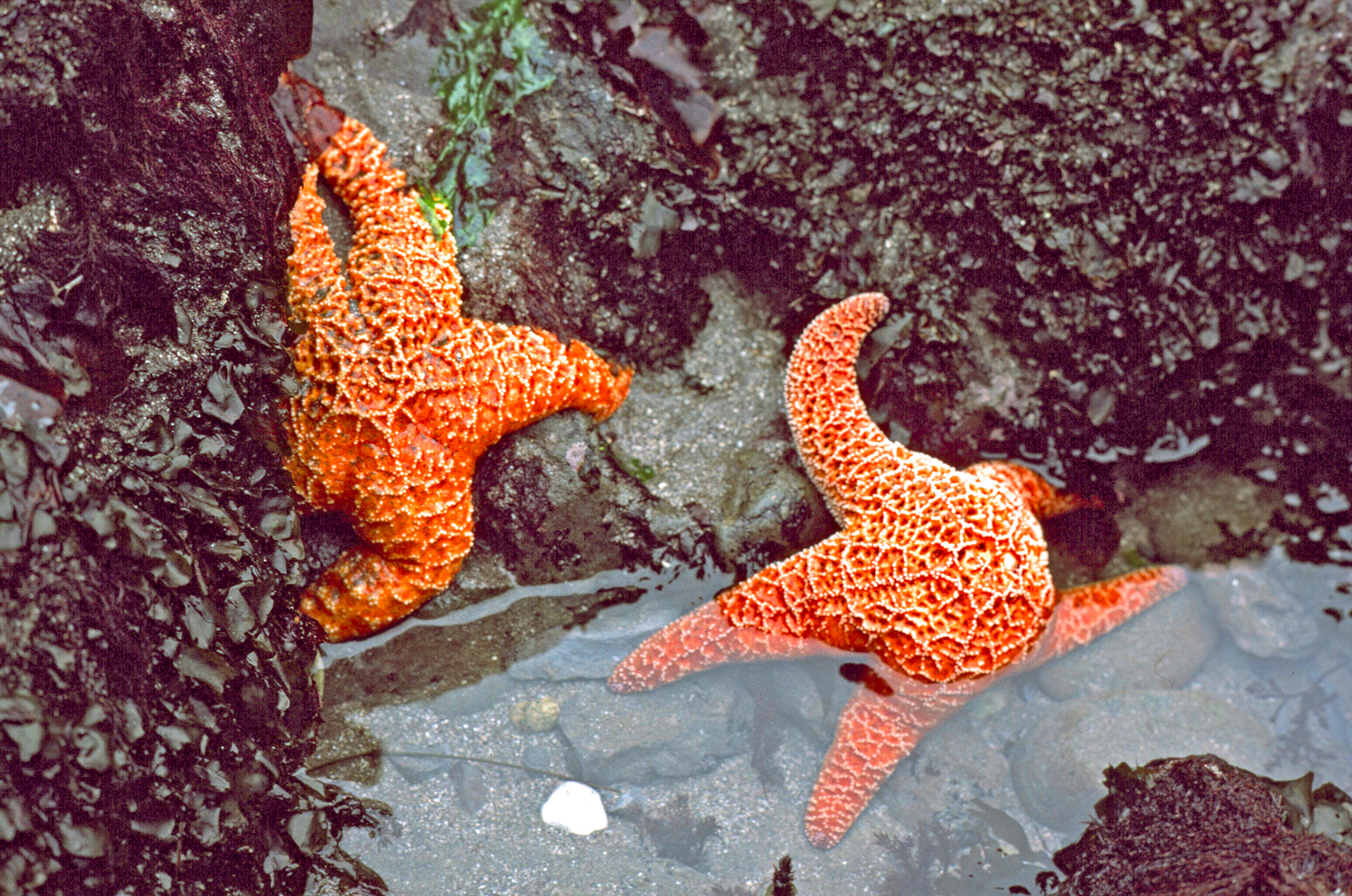Publication
Pinniped Predation on Salmonids in the Washington Portions of the Salish Sea and Outer Coast
Executive Summary
Populations of harbor seals, Steller sea lions, and California sea lions (hereafter ‘pinnipeds’) have increased substantially in the Salish Sea and coastal waters of Washington State following implementation of the US Marine Mammal Protection Act (MMPA) in 1972. During this period, many populations of Pacific salmon in Washington waters, which are at depressed levels and several of which are federally listed under the US Endangered Species Act, have declined in abundance or have failed to recover and continued to exist at low abundance. Because pinnipeds are abundant and widely known to be predators of both juvenile and adult Pacific salmon, these marine predators have been implicated as a primary factor contributing to continued depressed populations of salmon in Washington State.
The Washington Department of Fish and Wildlife asked the Washington State Academy of Sciences to examine the scientific basis for the concern that recovery of salmon populations in Washington State’s Salish Sea and outer coastal waters has been impeded by pinniped predation. This report is a summary of the WSAS committee’s findings, following critical review of the existing literature on this topic and from information provided by scientists, managers, tribal representatives, and other participants in workshops.
The report is organized to provide a review of existing evidence about pinniped and salmonid populations in the Salish Sea, pinniped predation on salmonids, and the impacts of pinniped predation on salmon recovery.
Related Publications
February 1, 2025
July 16, 2022


